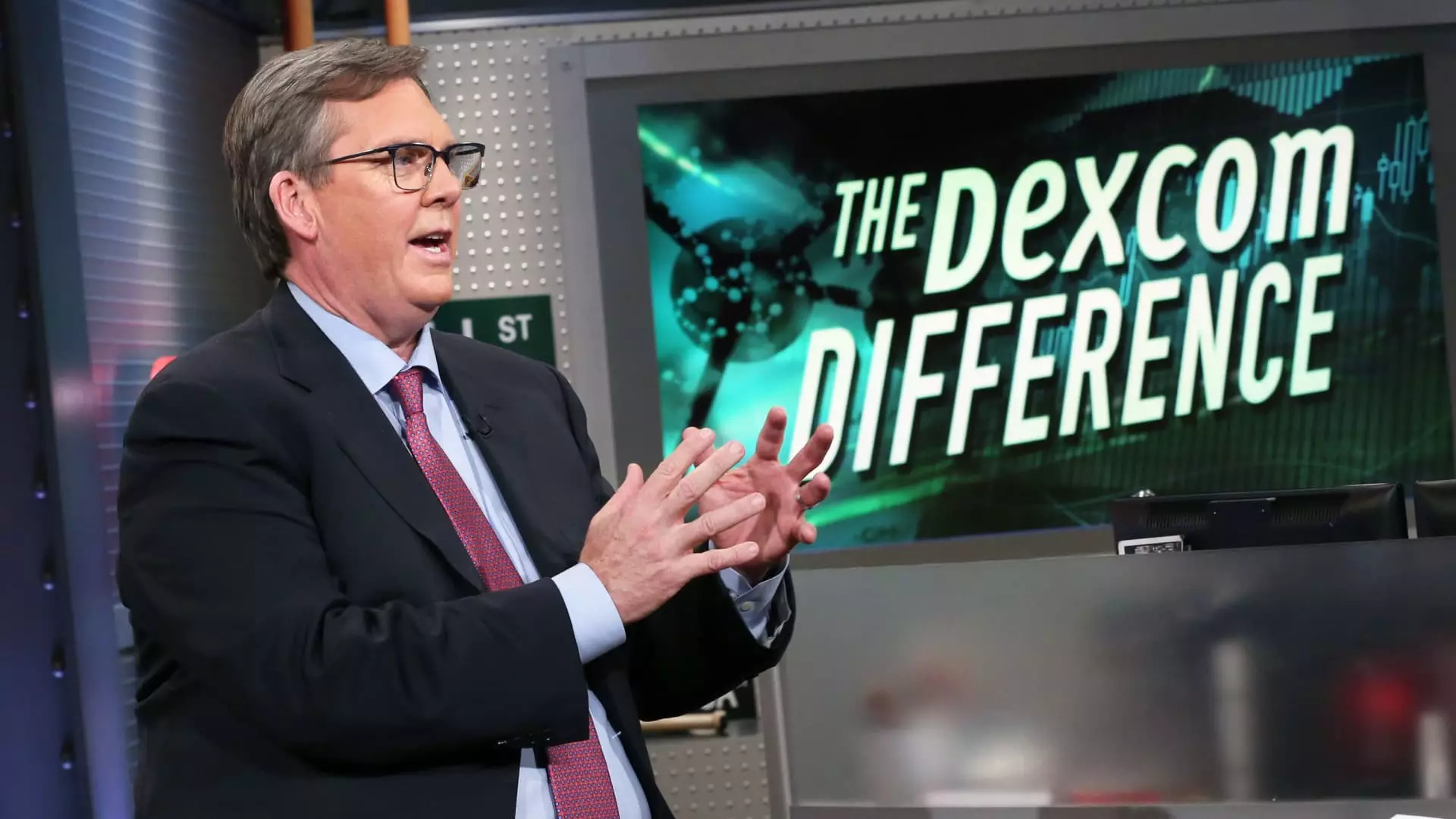Dexcom, a leader in continuous glucose monitoring (CGM) technology for diabetes patients, recently released its third-quarter financial results. Although the figures surpassed analysts’ expectations in several areas, the stock experienced a significant drop of 9% in after-hours trading, reflecting underlying concerns from investors. In particular, the company reported an adjusted earnings per share (EPS) of 45 cents, exceeding the projected 43 cents, while total revenue of $994 million also surpassed forecasts of $990 million. Nonetheless, a noteworthy decline in U.S. revenue raised eyebrows, diminishing the overall optimistic view held by analysts.
The results indicate a complex picture for Dexcom. Although the total revenue exhibited a modest 2% year-over-year growth—up from $975 million to $994.2 million—U.S. revenue stubbornly declined by 2%, dropping from $713.6 million a year ago. This trend signifies potential challenges in vital domestic markets, where Dexcom has historically thrived. While the company recorded a net income increase to $134.6 million, or 34 cents per share, from $120.7 million a year prior, the overall revenue mix raises questions about sustainable growth and market strategies moving forward.
In August, Dexcom introduced its over-the-counter product, Stelo, which caters to adults managing diabetes who do not require insulin. This initiative represents a crucial shift in the company’s strategy to broaden its consumer base. Despite this promising development, the effectiveness of such innovations may take time to reflect positively in revenue figures, particularly if existing product performance remains stagnant. Furthermore, the company has maintained its fiscal year guidance, suggesting expected revenue between $4 billion and $4.05 billion, despite having previously lowered its expectations from an earlier forecast range of $4.20 billion to $4.35 billion.
CEO Kevin Sayer addressed the ongoing challenges the company has faced, which included a restructuring of the sales team, lower than anticipated new customer acquisition, and diminishing revenue per user. However, Sayer assured investors of improvements seen during the third quarter. Furthermore, Dexcom’s chief commercial officer, Teri Lawver, announced her retirement by year-end, adding another layer of uncertainty to the company’s trajectory as it seeks a replacement. Sayer’s intention to take personal responsibility for the commercial organization indicates a proactive approach in navigating these tumultuous waters.
The mixed results and concurrent stock decline signal a complex environment for investors. While Dexcom’s product innovation, such as the launch of Stelo, offers new opportunities, the declining trend in U.S. revenues raises flags that demand vigilance. Investors should weigh the promising potential of future product strategies against the backdrop of fluctuating sales performance. Ultimately, the company’s ability to adapt to market demands and overcome its current challenges will dictate its success in the coming quarters. For now, market sentiment appears cautious, reflecting the broader economic intricacies that Dexcom needs to navigate as it moves forward.

